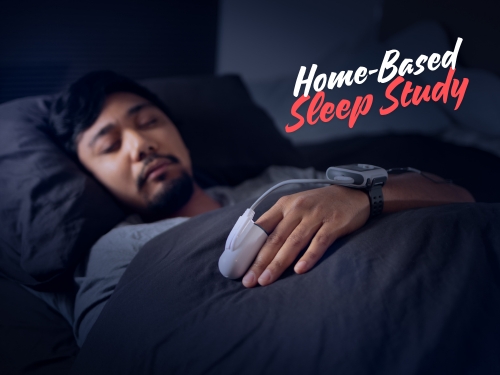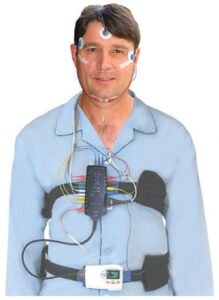Thank you for choosing to perform a home-based sleep study with our clinic. Our aim is to make your night’s sleep as normal and comfortable as possible. Our highly experienced staff will help you with all facets of this study.
1. RSDC Home-Based Sleep Service Locations:
- Consulting Suite 2A, Knox Private Hospital – 262 Mountain Highway, Wantirna.
- 719 Burwood Highway, Ferntree Gully.
- Consulting Suite 2, Epworth Camberwell – 888 Toorak Rd, Camberwell.
2. Medicare and Fees:
- Please bring your Medicare Card to this appointment.
- This study carries a fixed out-of-pocket expense of $150.
3. Clothing Requirements:
- You must bring, at a minimum, a t-shirt to wear to bed.
- Once the equipment has been attached, it is not possible to change your t-shirt.
- You may change into pyjama bottoms once at home.
4. Minimizing Movements:
- Patients must minimize movements in the evening after setup.
- Take care when drinking or eating to avoid spilling anything onto the device.
5. Makeup and Nail Polish:
- It is preferable that patients do not arrive with makeup or nail polish on.
6. Returning the Sleep Study Device:
- The recording device must be returned to RSDC Ferntree Gully or RSDC Knox Hospital before midday the following day.
- On the day of setup, you will be informed of the correct return location.
7. Handling the Sleep Study Device:
- If you detach the sleep study device or remove cables, causing a failed sleep study report, you may need to pay the $150 out-of-pocket fee to repeat the study.
- If the device stops working on its own, there will be no charge to repeat the test.
8. Device Damage Policy:
- If you damage the device, you are responsible for repair costs.
What to Expect at Your Appointment?
- The appointment usually lasts 30 minutes.
- A portable recording device is fitted to the patient’s torso using bands placed over a t-shirt.
- Electrodes and sensors are placed on the patient’s head, shoulders, and index finger.
- An explanation is given on how to remove the equipment the following morning.
About Us
At RSDC we have a particular interest in quick approach and triaging patients with suspected lung malignancy, management of pleural diseases, sleep disorders of obstructive sleep apnoea and other more complex sleep disorders, airways disease including asthma and COPD.
We use a comprehensive approach to interstitial lung disease in addition to occupational and environmental lung disease.


